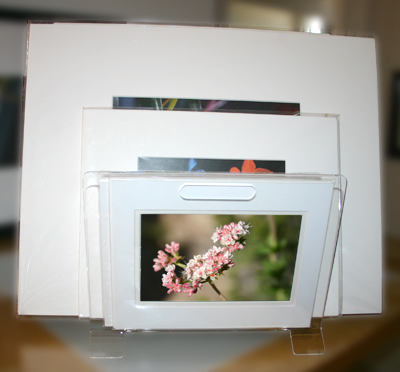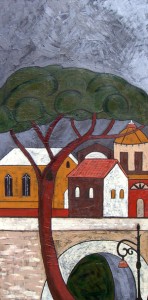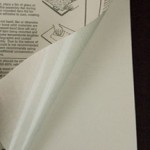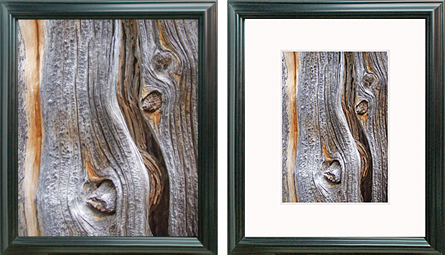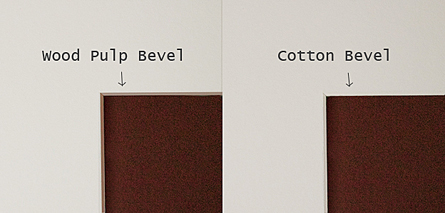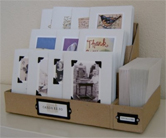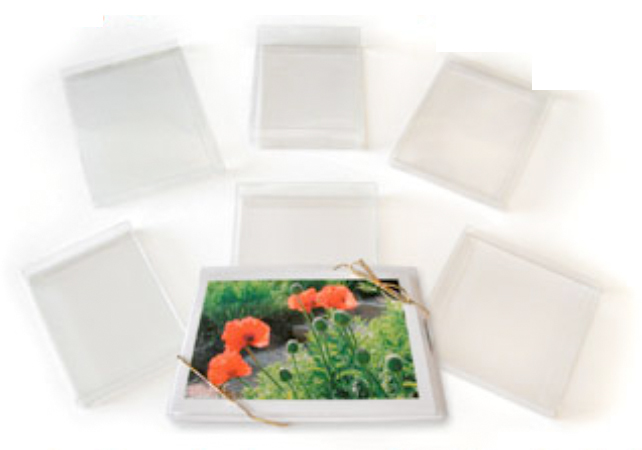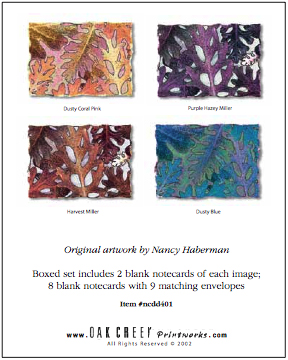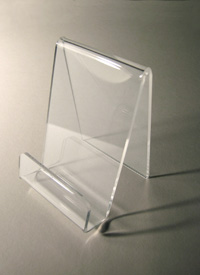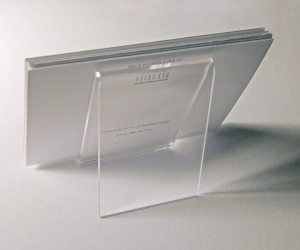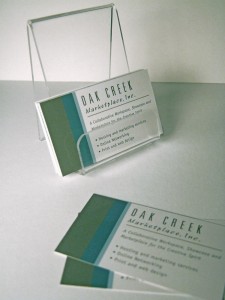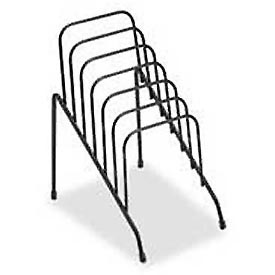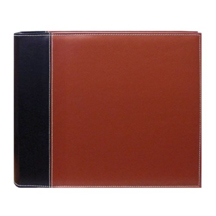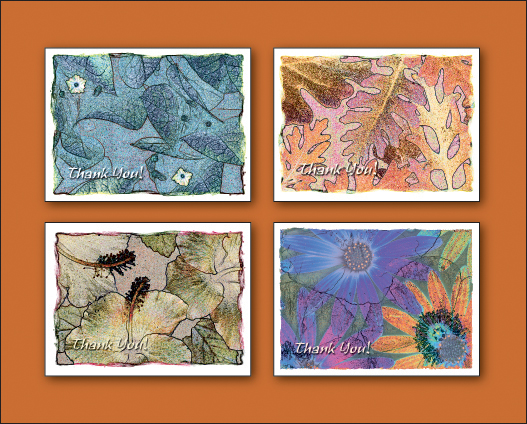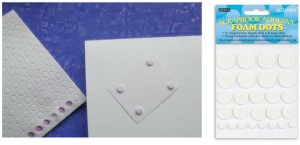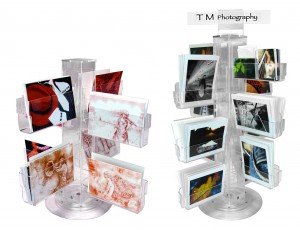 If it’s Thursday, it must be throwback time.
If it’s Thursday, it must be throwback time.
While today, so much of our news is digital, electronic, and fleeting, all the more reason to protect your tangible items like photos, newspapers, cherished greeting cards and other important documents in clear protective bags. We don’t have any minimums on the quantity you order, and that can help you save money, especially on the larger size bags. No matter what size you need, you can order 3, 300 or 3000.
Order your bags today, and don’t forget to take advantage of a variety of ways to save on Oak Creek coupons.
Spring is in the air, at least in some parts of the world and that means time to go through the flat files and drawers where we might find newspaper clippings, photos and other important documents. Performing this ritual, I found an accumulation of documents needing protection before decaying into yellow dust. Luckily, the older documents, like this Los Angeles Times article about Educom ’87, have long been comfortably nestled in clear plastic bags designed especially for protection, preservation and display.
The first time I worked as a consultant to Apple Computer, Inc. was in 1987 when I was one of a 3-person team hired to design and produce a daily print newspaper for the Educom ’87 international conference for higher education. For this purpose, the company Desktop Design was born, and John Grzywacz-Gray, Roger Karraker and I named our team Piece o’ Cake Productions.
Our 5-day mission was to demonstrate Apple’s cutting edge technology to university educators from around the globe by producing a daily “On-the-Spot” newspaper covering the conference. Each morning we delivered a new edition to the conference floor. To our knowledge no one had ever done this before. We were making “desktop” history. For the next three years, our Piece o’ Cake team consulted and worked with Apple, Inc. to introduce new technology to educators.  .
.


